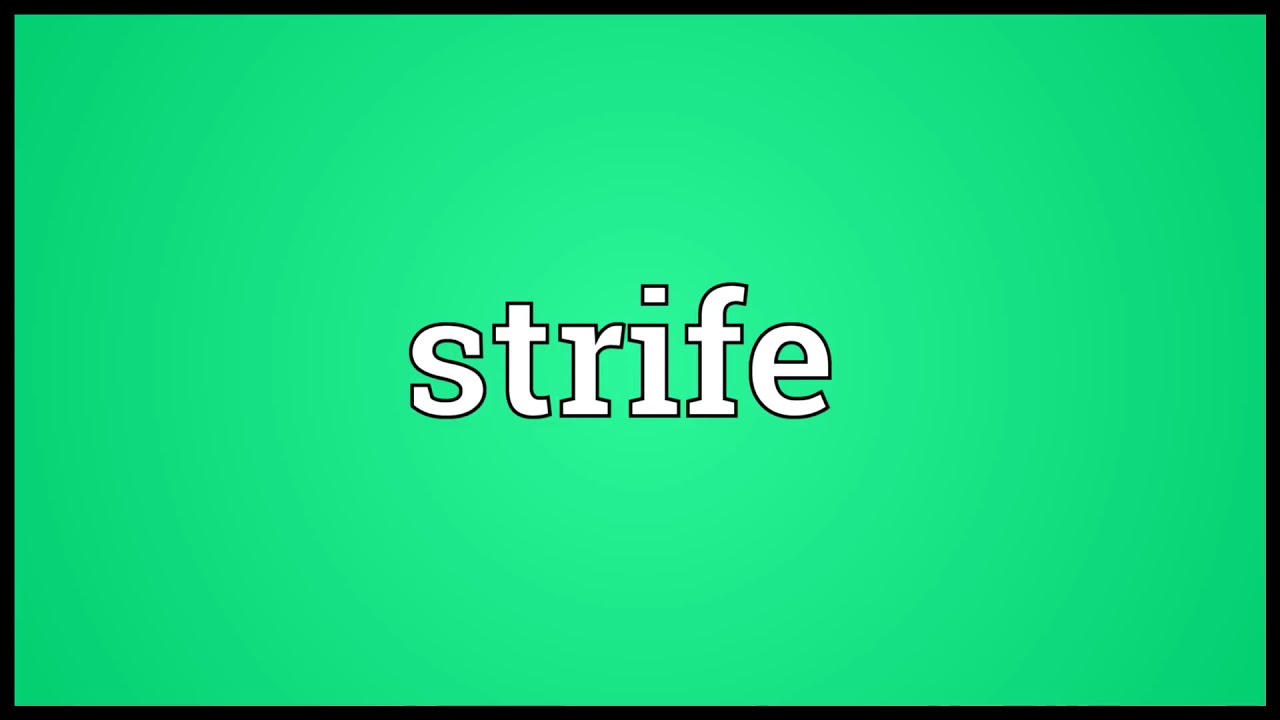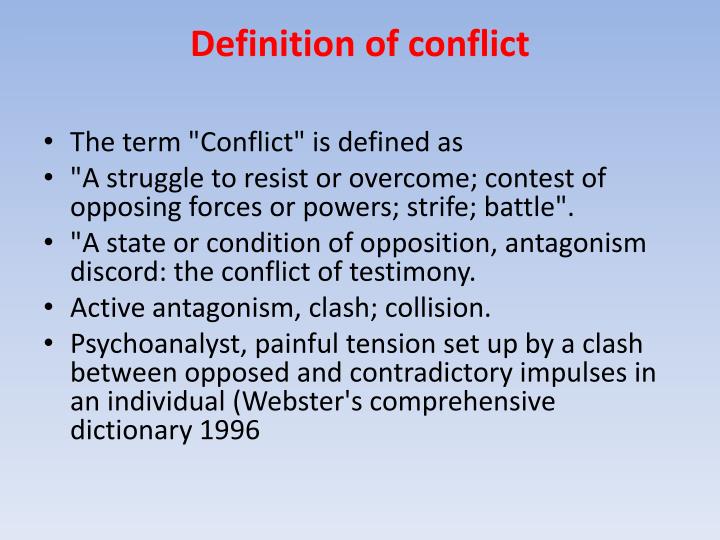


KP - Keep latch, ensures that the referenced structure cannot be destroyed. SQL Server latch modes can be summarized as follows: Latches are acquired in one of five different modes, which relate to level of access. SQL Server enforces latch compatibility by requiring the incompatible latch requests to wait in a queue until outstanding latch requests are completed.

It is inevitable that multiple concurrent latch requests of varying compatibility will occur on a high concurrency system. Some latch contention is to be expected as a normal part of the operation of the SQL Server engine. Performance cost is high relative to latches as locks must be held for the duration of the transaction. Sys.dm_db_index_operational_stats (Transact-SQL) - This DMV provides aggregated waits for each index, which is useful for troubleshooting latch-related performance issues. Sys.dm_os_latch_stats (Transact-SQL) – Provides detailed information about non-buffer latch waits. Sys.dm_os_wait_stats (Transact-SQL) - Provides information on PAGELATCH, PAGEIOLATCH, and LATCH wait types (LATCH_EX, LATCH_SH is used to group all non-buffer latch waits). To allow for maximum concurrency and provide maximum performance, latches are held only for the duration of the physical operation on the in-memory structure, unlike locks, which are held for the duration of the logical transaction. Guarantee consistency of in-memory structures. The following table compares latches to locks: Structure Latches are internal to the SQL engine and are used to provide memory consistency, whereas locks are used by SQL Server to provide logical transactional consistency. To increase concurrency and performance, buffer latches are held only for the duration of the physical operation on the page, unlike locks, which are held for the duration of the logical transaction. How does SQL Server use latches?Ī page in SQL Server is 8 KB and can store multiple rows. We will discuss some common scenarios and how best to handle them to alleviate contention.
#Define strife how to#
How to determine if the amount of contention being observed is problematic.Tools used to investigate latch contention.Background information on how latches are used by SQL Server.This article aims to provide the following information: Because the behavior of latches is deterministic, application decisions including schema design can affect this behavior. As a latch is an internal control mechanism the SQL engine automatically determines when to use them. Latch contention occurs when multiple threads concurrently attempt to acquire incompatible latches to the same in-memory structure.

Latches are also used to protect access to internal memory structures other than buffer pool pages these are known as Non-Buffer latches.Ĭontention on page latches is the most common scenario encountered on multi-CPU systems and so most of this article will focus on these. If SQL Server needs to wait for the I/O subsystem to respond it will wait on an exclusive (PAGEIOLATCH_EX) or shared (PAGEIOLATCH_SH) I/O latch depending on the type of request this is done to prevent another worker thread from loading the same page into the buffer pool with an incompatible latch. When SQL Server attempts to access a page that is not already present in the buffer pool, an asynchronous I/O is posted to load the page into the buffer pool. There are various buffer latch types available for accessing pages in the buffer pool including exclusive latch (PAGELATCH_EX) and shared latch (PAGELATCH_SH). Whenever data is written to or read from a page in the SQL Server buffer pool a worker thread must first acquire a buffer latch for the page. SQL Server uses buffer latches to protect pages in the buffer pool and I/O latches to protect pages not yet loaded into the buffer pool. Latches are lightweight synchronization primitives that are used by the SQL Server engine to guarantee consistency of in-memory structures including index, data pages, and internal structures, such as non-leaf pages in a B-Tree. The recommendations and best practices documented here are based on real-world experience during the development and deployment of real-world OLTP systems. This content was written by the Microsoft SQL Server Customer Advisory Team (SQLCAT) team based on their process for identifying and resolving issues related to page latch contention in SQL Server applications on high-concurrency systems.


 0 kommentar(er)
0 kommentar(er)
